Urban Environmental Studies Partnership with Bessemer
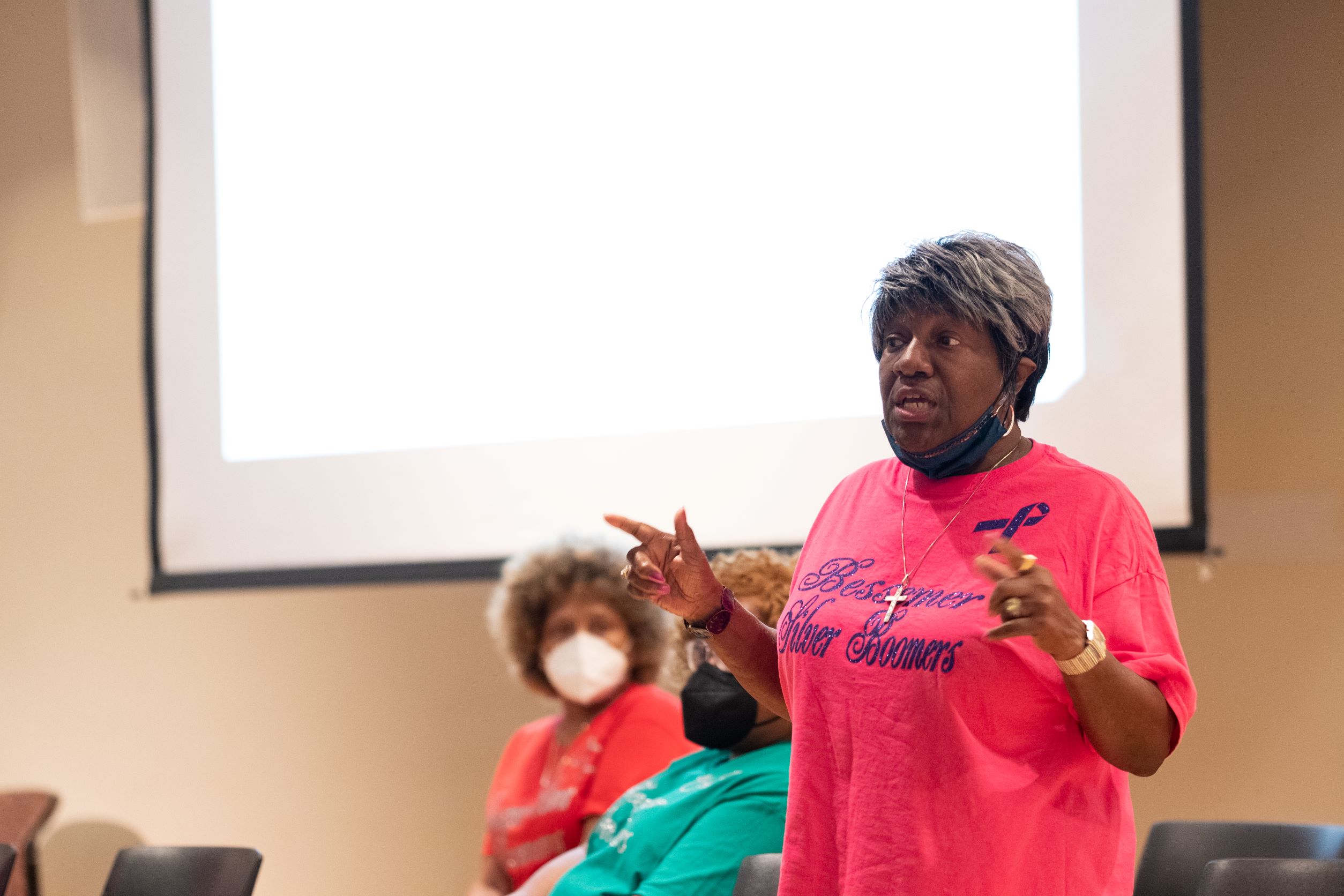
Not far from Birmingham’s Magic City is Bessemer’s Marvel City. Nicknamed for its rapid growth in its early industrial years, Bessemer’s transformation over the last century has become a research interest for Birmingham-Southern’s Urban Environmental Studies (UES) Program, leading to several projects focused on the deindustrialization of the city and the stories of longtime residents.
On Oct. 7, the program hosted a panel featuring the Bessemer Silver Boomers, members from the city’s senior citizens program. Most of the individuals who spoke on the panel grew up in Bessemer, lived in the city throughout the Civil Rights Movement, and directly experienced the huge transformations that they discussed at the event.
The panel serves as an in-person presentation of what UES students have been working on together – a collective memory project for Bessemer residents.
“We wanted to look at the transition in the city and hear what has changed and what has affected them,” said urban environmental studies major Lora Dunn ’22 at the panel event.
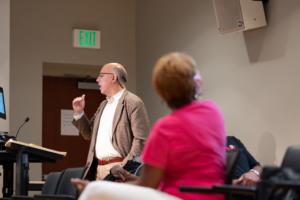 Students conducted thirty-minute interviews with different Bessemer residents, which covered a wide range of topics. The transcribed Q&As move through memories of family life, changing industries, and segregation in the community, as well as opinions on recent revitalization.
Students conducted thirty-minute interviews with different Bessemer residents, which covered a wide range of topics. The transcribed Q&As move through memories of family life, changing industries, and segregation in the community, as well as opinions on recent revitalization.
The Oct. 7 event opened with an overview of Bessemer’s history from Associate Professor of Urban Environmental Studies Dr. Bill Holt. Once a booming industrial town planned around Pullman Rail Car and U.S. Steel facilities, Bessemer’s African American population grew in the late 1940s, and the city deindustrialized in the 1980s. Now, it’s home to huge new distribution facilities for Amazon and Carvana.
During the panel discussion, the Bessemer Silver Boomers had the opportunity to answer questions presented by Holt and students, faculty, and staff in the audience. While many did experience effects of the change of industry and redevelopment, others discussed the reality behind the historical facts and timelines, that, in many ways, Bessemer has not changed.
Many of the featured panelists are active in the city, especially through programs at the Bessemer Rec Center. The center is a major part of the city’s revitalization, and residents expressed other ways they hope to see new projects emerge.
In his interview with UES graduate Brock Ennis ’21, Bessemer resident Lee Nelson remembers how “downtown used to be striving, full of life,” and the Civil Rights Movement “made a big difference in town, it gave more black people the freedom to … sit in a restaurant and eat with everyone.”
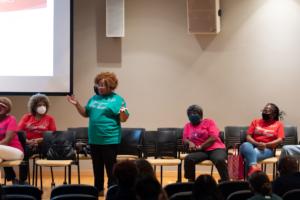 However, the city emptied as factories closed, and jobs were lost. Nelson left Bessemer when he was 18 but returned to his hometown in 2016 during the new revitalization in the city.
However, the city emptied as factories closed, and jobs were lost. Nelson left Bessemer when he was 18 but returned to his hometown in 2016 during the new revitalization in the city.
“Bessemer needs to do more,” Nelson said. “Bessemer needs more businesses; it needs to have a place that young people looking for jobs can go get one.”
The Bessemer Rec Center opened in 2016, the same year the College’s UES Program joined the EPA’s College/Underserved Community Partnership Program with the City of Bessemer. The program allows UES students to learn about the reality of deindustrialization and recent revitalization while working alongside city employees to make real change and hear residents’ concerns.
“Starting 2017, my students in UES 380: Urban Planning, Design & Development conducted visioning exercises on properties for the Bessemer Mayor’s Office identifying potential property reuse,” Holt explains. “The students developed over 20 site plans for abandoned or vacant properties downtown. This fall, UES 380 students continue to work with city officials on specific projects such as affordable housing and downtown revitalization geared for workers at the city’s growing distributional facilities.
Projects completed in the course looked at how to restore historic buildings in Bessemer and create museums, community centers, affordable housing, and other projects that would promote growth and revitalization as well as preserve the city’s history.
Students’ work with Bessemer has grown to include more collaborative projects, including a digital heritage archive and a community survey on redevelopment, which will be incorporated into the City of Bessemer’s master planning. Student research has been crucial to an upcoming Cornell University Press publication on small city redevelopment with Ball State University in Muncie, Indiana, as well as a joint BSC and Bessemer USDA grant application to turn damaged public housing into a community garden.
“Based on this work, I realized many younger residents did not know about much of Bessemer’s industrial history,” Holt says. “Now, BSC students have interviewed seniors and recorded their experiences in the 1960s Civil Rights Movement, deindustrialization, globalization of the steel industry, and revitalization.”
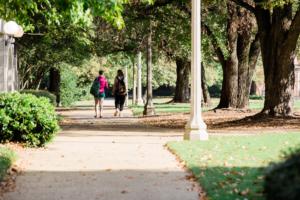
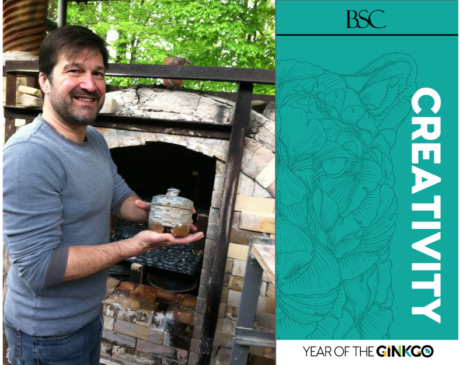

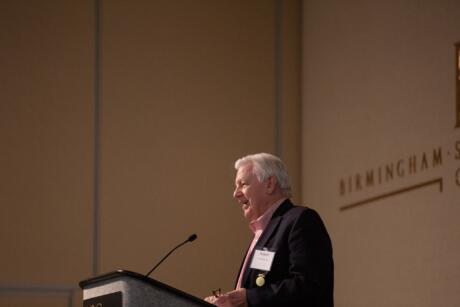
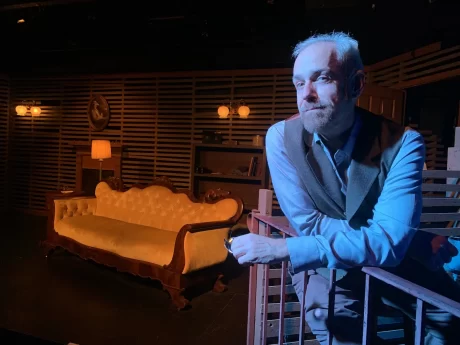
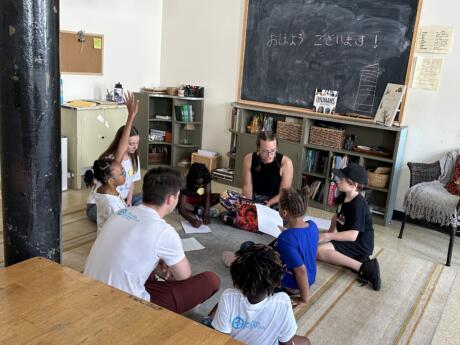
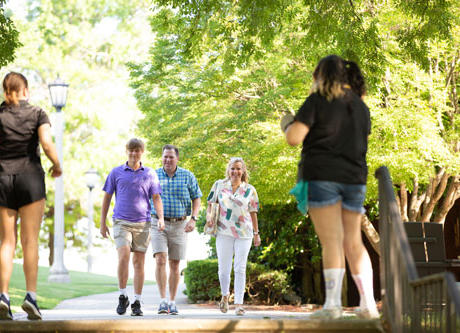
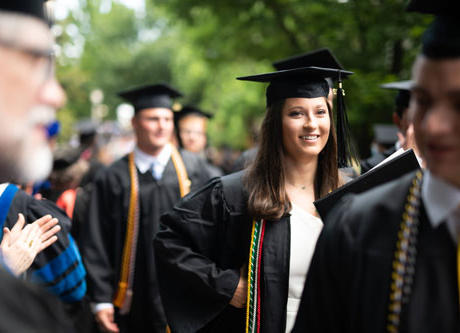
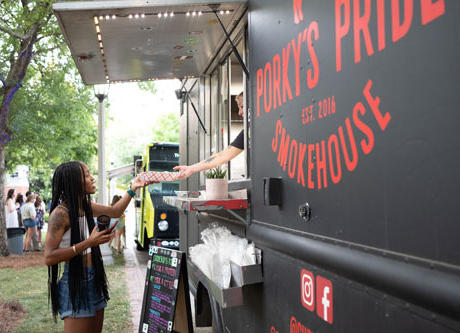
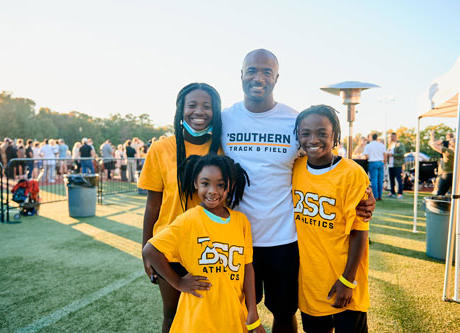
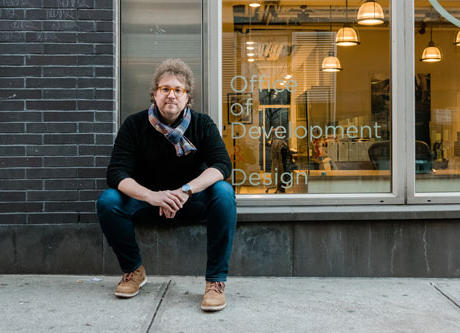
// Comments are closed //